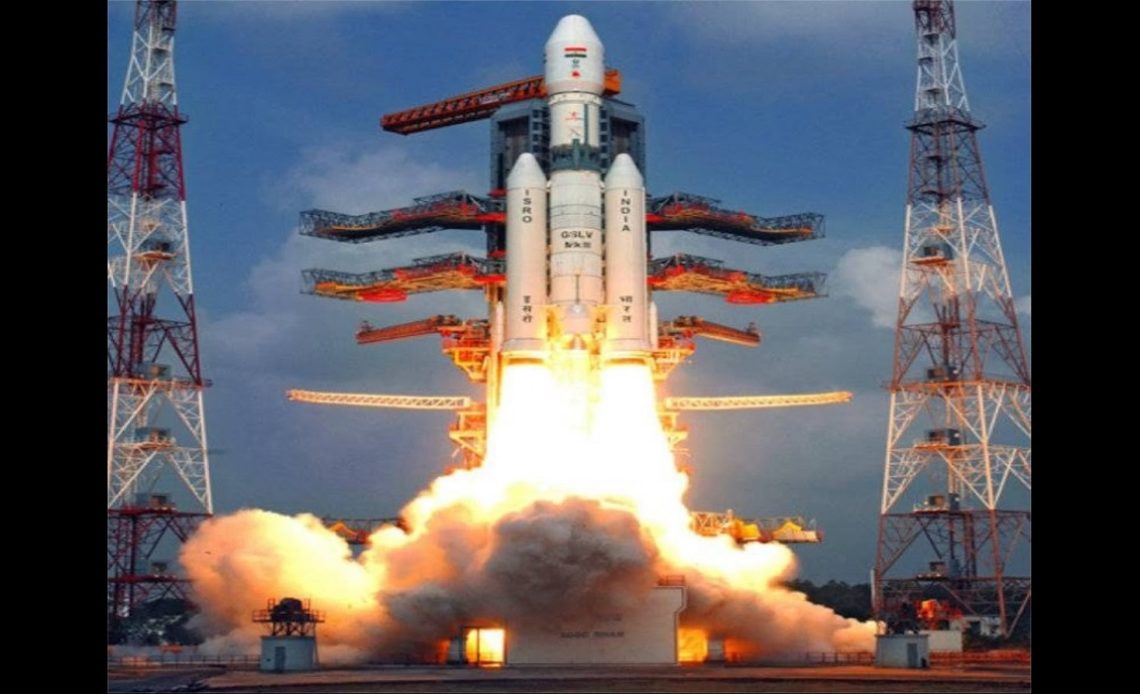Bengaluru, July 24: In a momentous achievement, the Indian Space Research Organisation (ISRO) has successfully launched the GSLV Mk III-M1 rocket carrying the indigenously developed MDS-4 satellite. The launch took place from the Satish Dhawan Space Centre in Sriharikota on July 24 at 6:30 am. The MDS-4 satellite is expected to significantly boost India’s capabilities in the field of space research, communication, and weather forecasting.
Additional Facts and Figures:
- Enhancing Space Research: The MDS-4 satellite is a crucial addition to India’s space infrastructure, enhancing the country’s space research capabilities. It is equipped with advanced sensors and instruments that will facilitate a wide range of scientific studies, including atmospheric and oceanic research, remote sensing, and monitoring of natural disasters.
- Indigenous Advancements: The successful launch of MDS-4 marks another significant milestone in India’s space exploration journey. The satellite was entirely developed by Indian scientists and engineers, showcasing the nation’s growing expertise in indigenous satellite technology and space missions.
- Geosynchronous Satellite Launch Vehicle (GSLV Mk III): The GSLV Mk III-M1 used for this mission is ISRO’s most powerful launch vehicle. It is capable of carrying heavy payloads, making it well-suited for deploying communication satellites, interplanetary missions, and future human spaceflight endeavors.
- International Recognition: ISRO’s achievements in space exploration have garnered international recognition and acclaim. The successful deployment of the MDS-4 satellite further solidifies India’s position as a major player in the global space community.
- Weather Forecasting and Disaster Management: The MDS-4 satellite will play a crucial role in improving weather forecasting and disaster management capabilities in India. By providing real-time data on weather patterns and potential natural disasters, the satellite will help authorities take proactive measures to protect lives and property.
- Expanding Communication Networks: With the MDS-4 satellite in orbit, India’s communication infrastructure is expected to witness significant improvements. The satellite’s advanced communication payload will aid in expanding internet connectivity and telecommunication services, particularly in remote and underserved regions of the country.
- Contributing to Global Science: In addition to serving national interests, the data and insights gathered by the MDS-4 satellite will contribute to global scientific research. Collaborative projects with international space agencies and research institutions will further expand the horizons of human understanding of our planet and beyond.
- Future Space Exploration: The success of the GSLV Mk III-M1 launch and MDS-4 deployment sets the stage for more ambitious space missions in the future. ISRO is already working on projects like Chandrayaan-3, India’s third lunar exploration mission, and Gaganyaan, the country’s first manned spaceflight program.
ISRO’s relentless pursuit of excellence in space exploration continues to inspire the nation and the world. The successful launch of the MDS-4 satellite is a testament to India’s determination to push the boundaries of space research and technology, furthering the country’s standing as a prominent spacefaring nation.

